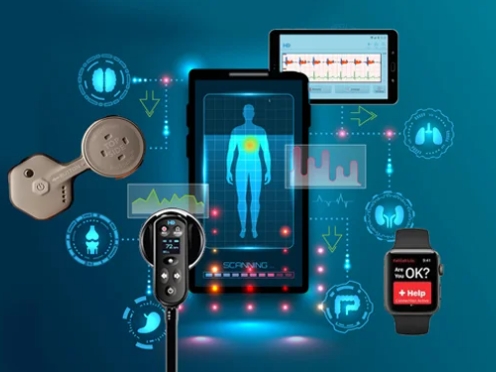In the ever-evolving field of healthcare, information systems play a crucial role in the efficient delivery of patient care and the management of medical facilities. There are various types of healthcare information systems that cater to different aspects of healthcare management and administration. Let’s explore some of these systems:
1. Electronic Health Records (EHR): EHRs are digital versions of patients’ paper charts and contain information about a patient’s medical history, diagnoses, medications, treatment plans, immunization dates, allergies, radiology images, and laboratory test results.
2. Electronic Medical Records (EMR): Similar to EHRs, EMRs are digital records of patients’ medical information, but they are usually used within a single healthcare organization or practice. EMRs streamline the documentation process, improve communication between healthcare providers, and enhance the quality of patient care.
3. Practice Management Systems: Practice management systems help medical practices streamline their administrative and financial processes. These systems typically include features for scheduling appointments, billing and revenue cycle management, insurance claims processing, and reporting and analytics.
4. Health Information Exchange (HIE) Systems: HIE systems allow healthcare providers to securely share patients’ medical information electronically across different healthcare organizations and settings. This interoperability helps improve care coordination, reduce duplication of tests and procedures, and enhance patient outcomes.
5. Telehealth and Telemedicine Platforms: With the rise of telehealth and telemedicine services, healthcare organizations are increasingly using technology to deliver care remotely. Telehealth platforms enable virtual consultations, remote monitoring of patients, and the exchange of medical information between patients and providers.
6. Clinical Decision Support Systems (CDSS): CDSS are software tools that help healthcare providers make evidence-based decisions and improve the quality of patient care. These systems provide clinicians with real-time clinical information, alerts, reminders, and diagnostic support to enhance decision-making at the point of care.
7. Picture Archiving and Communication Systems (PACS): PACS are digital imaging systems that store and manage medical images such as X-rays, MRIs, CT scans, and ultrasounds. These systems allow healthcare providers to access, view, and share images easily, leading to faster diagnosis and treatment planning.
In conclusion, healthcare information systems play a vital role in modern healthcare delivery by improving efficiency, communication, and patient outcomes. By exploring the different types of systems available, healthcare organizations can harness the power of technology to enhance the quality of care and optimize their operations.

